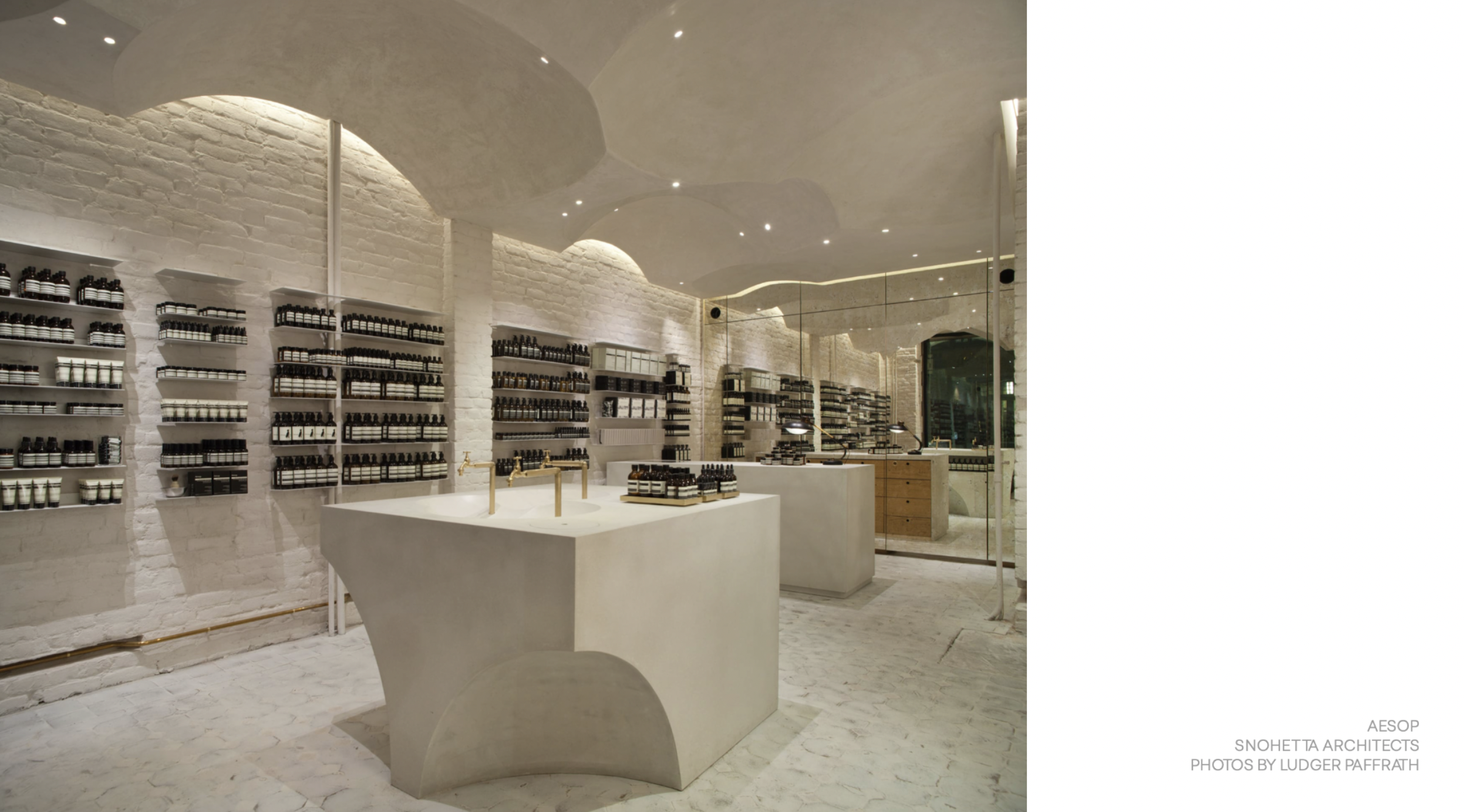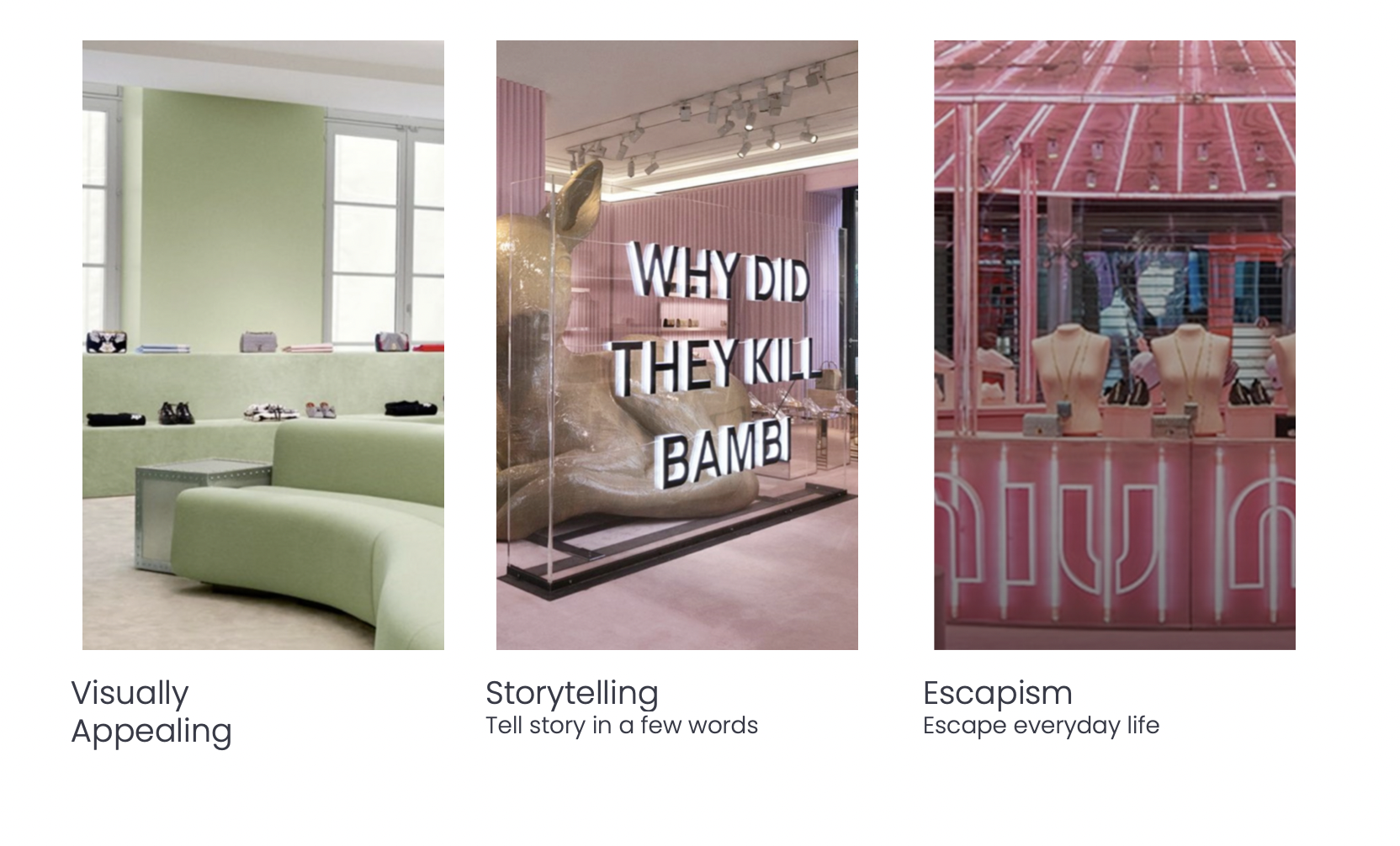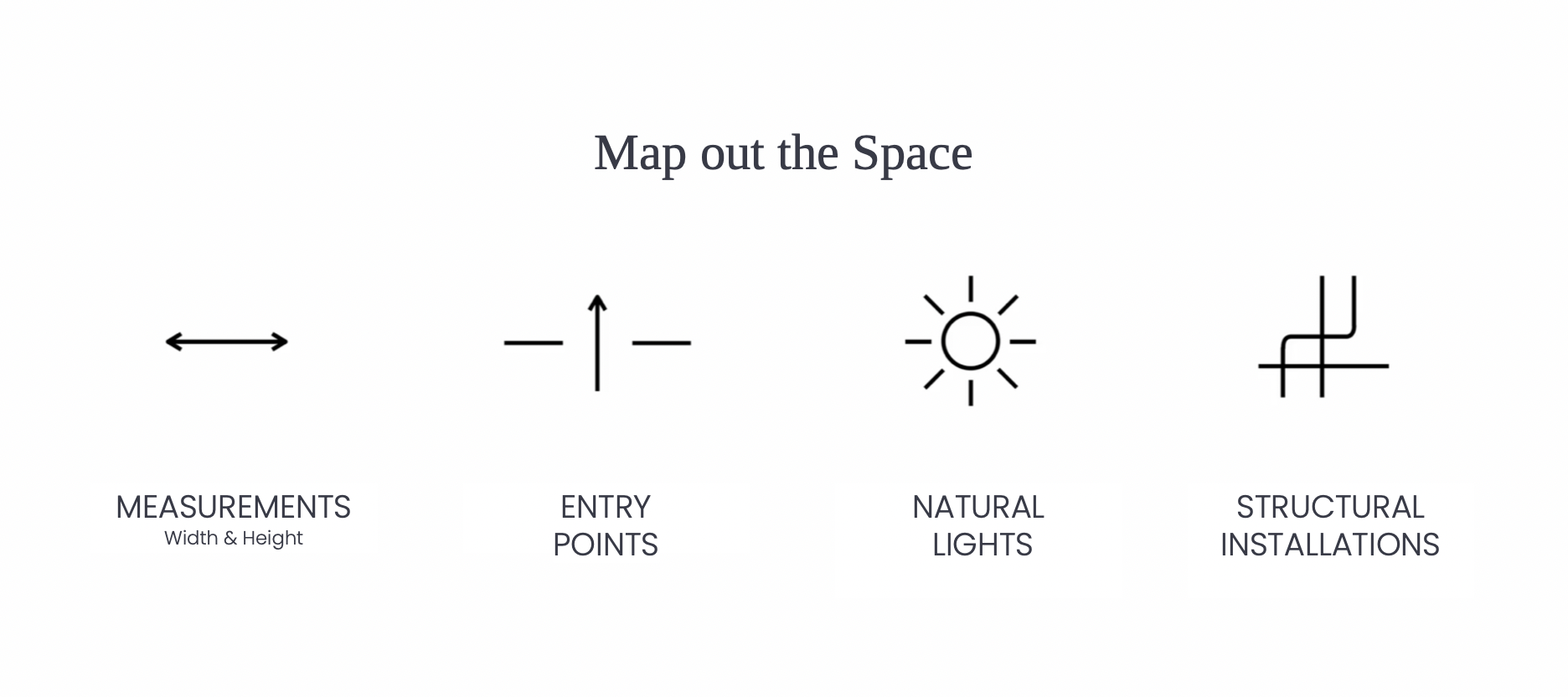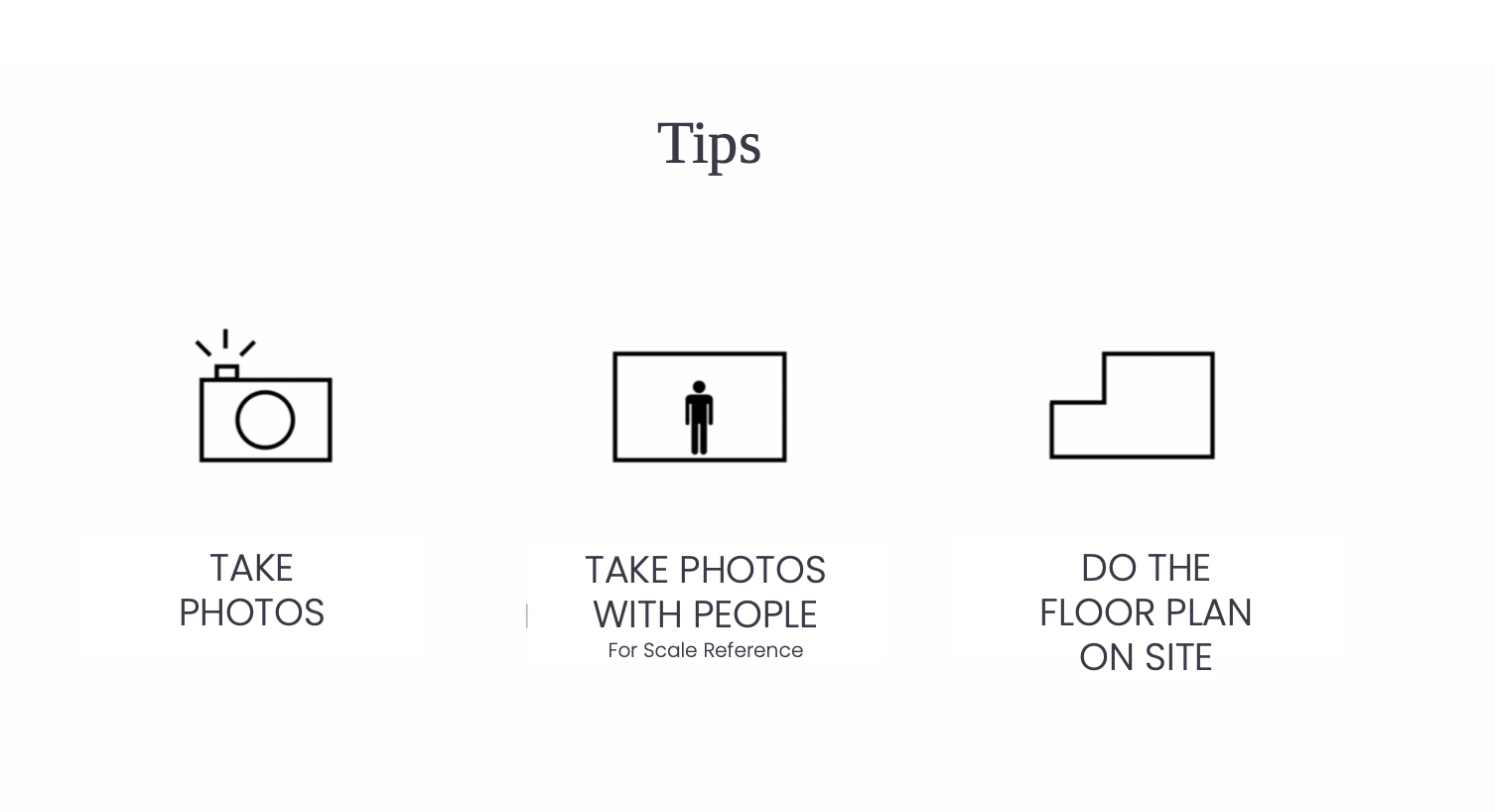Immersive Design 101
In the design world, there’s an exciting realm evolving rapidly. Dive in with me as we unpack immersive design, especially in the realm of retail and public spaces. 🪐
The Art of Immersive Design
So, what exactly is immersive design? At its core, it's about creating holistic experiences that encompass every detail of a space, captivating users, drawing them in, and making them part of the narrative.
Retail Spaces: More than just Shopping
Retailers have caught onto this, making shopping more of an experience than just a task. Take, for example, the lush vertical gardens in some Apple stores, or the interactive mirrors in fashion boutiques that transport you to virtual changing rooms or suggest matching accessories.
Beyond Retail: Designing Public Spaces
However, this approach isn’t limited to retail. Schools, nursing homes, and urban planning projects are now integrating immersive designs. Picture classrooms that morph based on the lesson, making history or science come alive. Or nursing homes where different zones evoke different memories, or urban spaces where every corner has a tale to tell.
Unlocking Client Goals
It all begins by understanding what our client wants. This requires active listening, deciphering their spoken (and unspoken) needs. It's not just about aesthetics; it's about feeling, purpose, and connection.
Crucial Elements of Space Design
Facade: The first impression.
Internal Elements: Setting the mood and functionality.
Displays: Showcasing products or information.
Lighting: Creating ambiance, focus, and mood.
Communication: Signages, interactive elements, and more.
Storytelling & Customer Journey
Martin Lindstrom, a guru in retail experience, often speaks about crafting a narrative. It's the narrative that makes us feel, connect, and remember. Every space we design should tell a story that resonates with its intended audience.
Engaging the Senses
Spaces should appeal to all senses. The rustling of leaves, the scent of fresh coffee, the feel of textures - every element should tell a part of your story.
Technical Side
Map it out
Every design journey should start by understanding the space. This isn’t just about measurements but understanding how natural light filters in, where potential entry and exit points lie, and what structural elements need to be considered.
In Conclusion
Immersive design is about creating spaces that speak, resonate, and connect. It’s an exciting era where the lines between reality and design blur, crafting memorable experiences.
Dive deeper, dream wider, and remember – every space has a story waiting to be told. Let’s craft them together.







